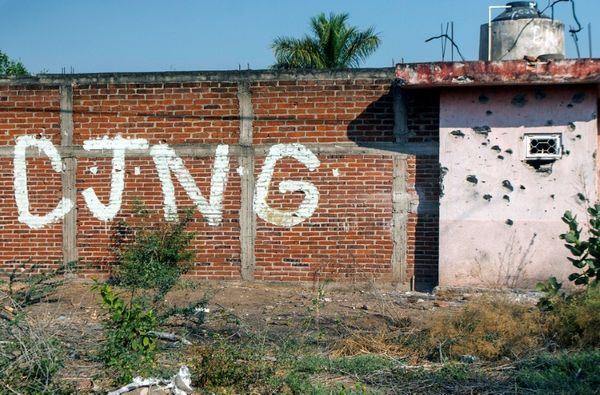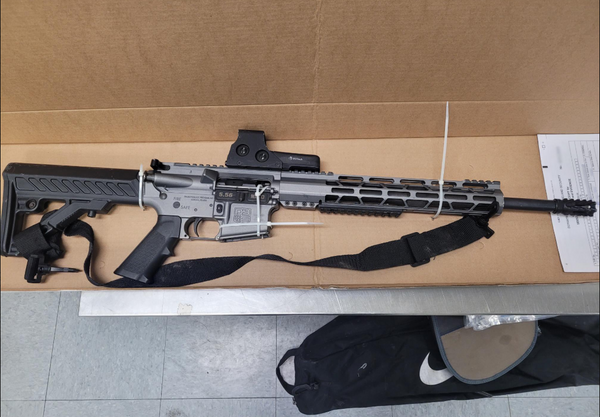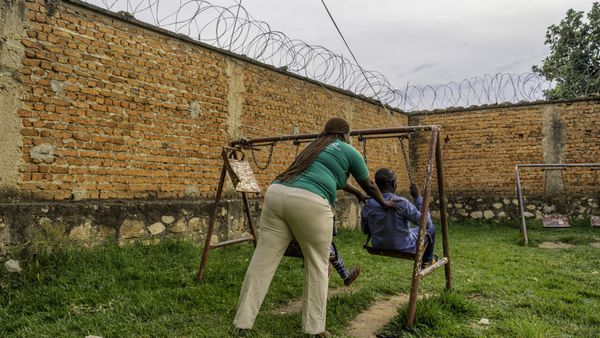
Maybe we should leave Mount Everest alone. Each year seems to bring news of some fresh calamity, with the world’s wealthiest people paying up to $90,000 per person for the privilege of staggering up a deadly slope. If I had that much money to burn, I’d avoid anywhere dubbed “the death zone” and spend my time chilling in a hot tub with some models.
That imaginary hot tub might be what poor Beck Weathers was imagining as he spent a night screaming in terror and pain into a raging blizzard with half his face frozen off.
The trip began on May 10, 1996, and conditions on Everest seemed good. Weathers, a Dallas pathologist, was hoping to achieve his ambition of reaching the summit. But, as he ascended higher, he realized a past eye surgery was affecting his vision.
The group was being led by veteran mountaineer Rob Hall, who saw that Weathers was in trouble and, despite them being close to the summit, ordered him to remain on the side of the trail, telling him they’d pick him up on the way back down.
Then the conditions on the mountain began to worsen. Other groups passed Weathers and offered to bring him down with them, but he’d agreed to wait for Hall, so stayed put. But unbeknownst to Weathers, Hall was now preoccupied with helping another climber who’d gotten into trouble.
Increasingly cold and disorientated, Weathers was eventually helped down the mountain by another team. Now the blizzard was really picking up, so he and several other climbers were abandoned on the mountain as others sought help. It was at this point that Weathers lost first a glove and then his mind in the low-oxygen environment.
His fellow climbers say he scrambled to his feet, screamed “I’ve got this all figured out!” and was promptly swept away into oblivion by a gust of gale-force wind. Everyone there figured that was the last anyone would ever see of him.
He did not have this “figured out”
But, incredibly, Weathers somehow survived, awakening to find himself half-frozen and realizing he’d been left for dead:
“I’m starting to think: I’m on the mountain but I don’t have a clue where. If I don’t get up, if I don’t stand, if I don’t start thinking about where I am and how to get out of there, then this is going to be over very quickly.”
And so, each step cripplingly painful on his frozen limbs, he tottered down the mountain. Miraculously, he found the camp, stumbling towards the horrified climbers. They said he was so white his skin “looked like porcelain” and that he was horribly frostbitten: “This man had no face. It was completely black, solid black, like he had a crust over him.”
For the second time that day, his fellow climbers wrote him off as dead. They placed him alone in a tent, made him as comfortable as possible, and left him screaming in agony into the blizzard. The next morning they grimly entered his tent, expecting to find a frozen, terrified corpse. But he was alive – and not only alive – coherent.
Weathers was helped down the mountain to a waiting medical helicopter, with his removal one of the highest altitude medical evacuations by air in climbing history. He lived, barely. Frostbite claimed his right arm, his left-hand fingers, most of his nose, and large chunks of his feet.
He was the lucky one. Four people in his original group died during the trek, including his guide, Rob Hall. Eight in total died that day on Everest, in one of the deadliest incidents in the mountain’s history.
But there’s a silver lining, Weathers says his marriage was on the rocks when he went up the mountain, but his ordeal gave him a fresh perspective on life:
“I gave up some body parts, but I got back my marriage. I got back my relationship with my kids, I’ve got a new grandbaby… all in all, if I had to do it again, every pain, every misery, every bit of suffering that comes from it, I’d do it again in a heartbeat.”
Good for him. That must be some wife!







